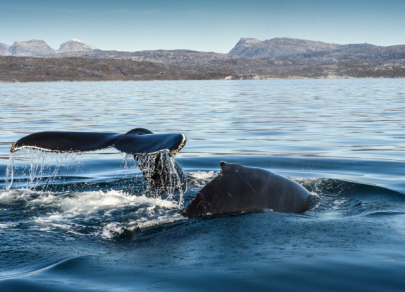FX.co ★ Most known longest living animals
Most known longest living animals
Japanese koi carps
According to some reports, Japanese koi carps can live more than one hundred years.
A striking confirmation of this is a scarlet decorative carp named Hanako, who for his life changed several owners and set an absolute record among members of his species: at the time of the research, he was about 217 years old, after which he lived almost 10 more.
However, some scientists say that this figure is greatly exaggerated. Whatever it was, it is proved that the life expectancy of carp directly depends on the conditions of its habitat.
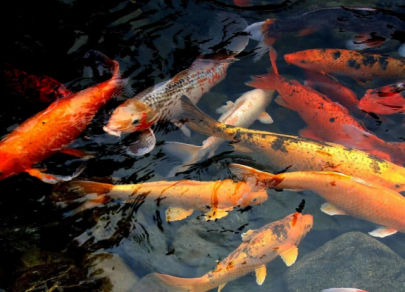
Laysan albatross
The average life expectancy of animals of this species is 12-40 years.
The observation of the oldest female albatross, nicknamed Wisdom, has been conducting since 1956, so at the moment its age is approaching 65 years. It is curious that in its years the bird still brings offspring.
Having a wingspan of about 3.7 m, Wisdom easily overcomes about 80 thousand km each year. Given her venerable age, we can assume that the total distance traveled by a bird during life is comparable to four flights from Earth to the Moon and back.
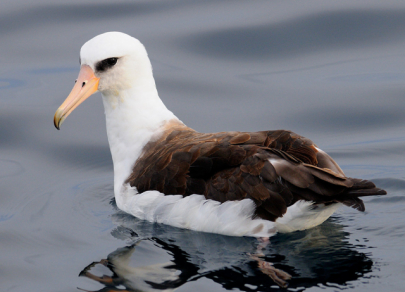
Bivalve mollusks
The oldest of the non-colonial animals known to science died during transportation to the research site.
This is a bivalve mollusk named Ming who was found on the northern coast of Iceland in 2006. After counting the annual bands on the shell it became clear that it was at least 500 years old.
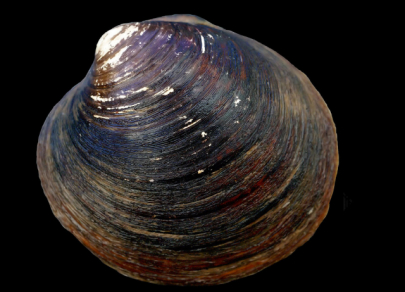
Madagascar turtles
Radiated tortoise Tui Malila, one of the oldest representatives of the animal world, died at the age of not less than 188 years in 1965 and was included in the Guinness Book of Records.
Among the Madagascar turtles there are many long-livers, but it is often difficult to determine the exact age of such animals, so it is likely that the absolute age record has not been fixed yet.
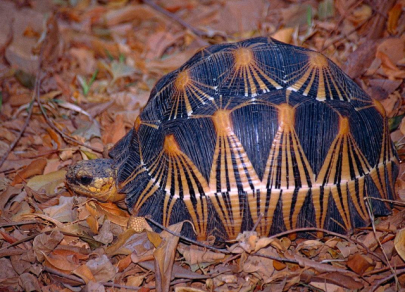
Bowhead whales
These marine mammals of the baleen whales suborder, on average, live 60-70 years, but in recent years, several individuals have been found that carried slates and nephrite spearheads of the nineteenth century. Scientists came to the conclusion that these mammals experienced whaling hunting a century and a half ago.
